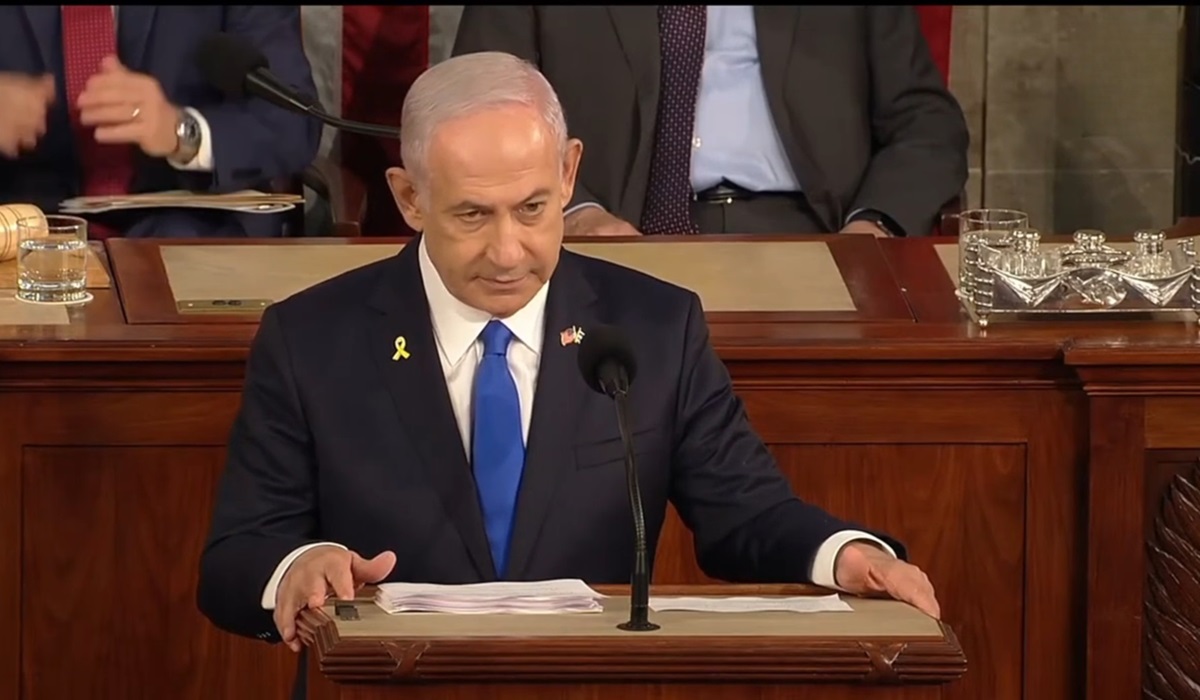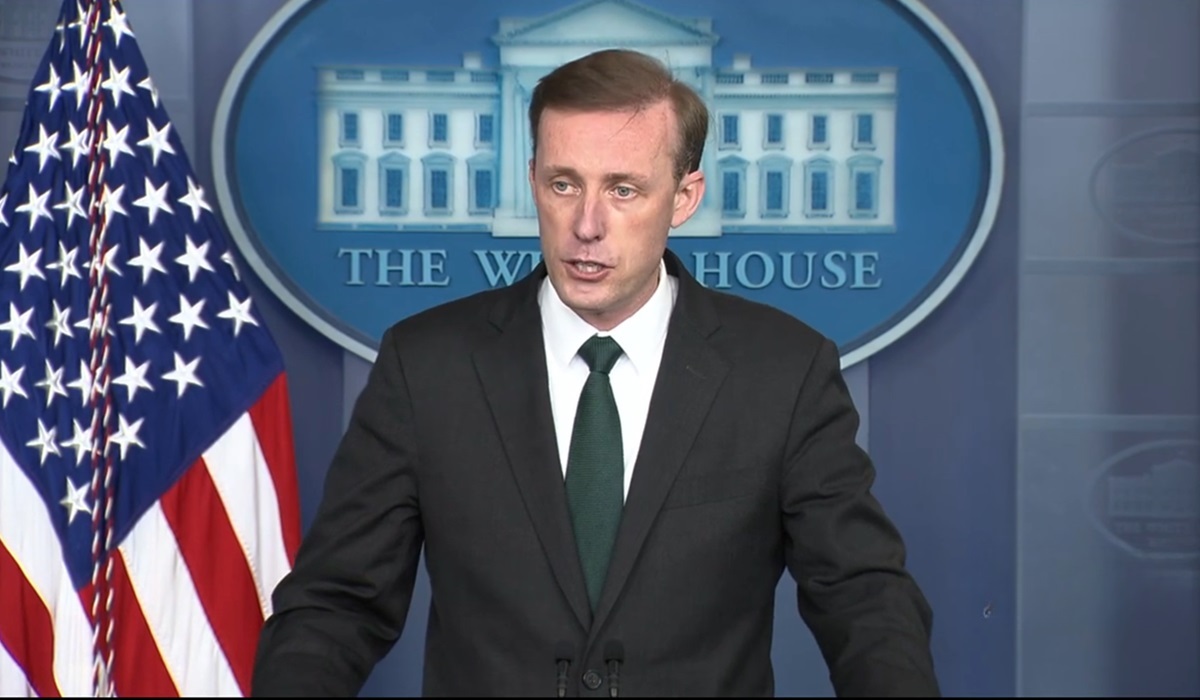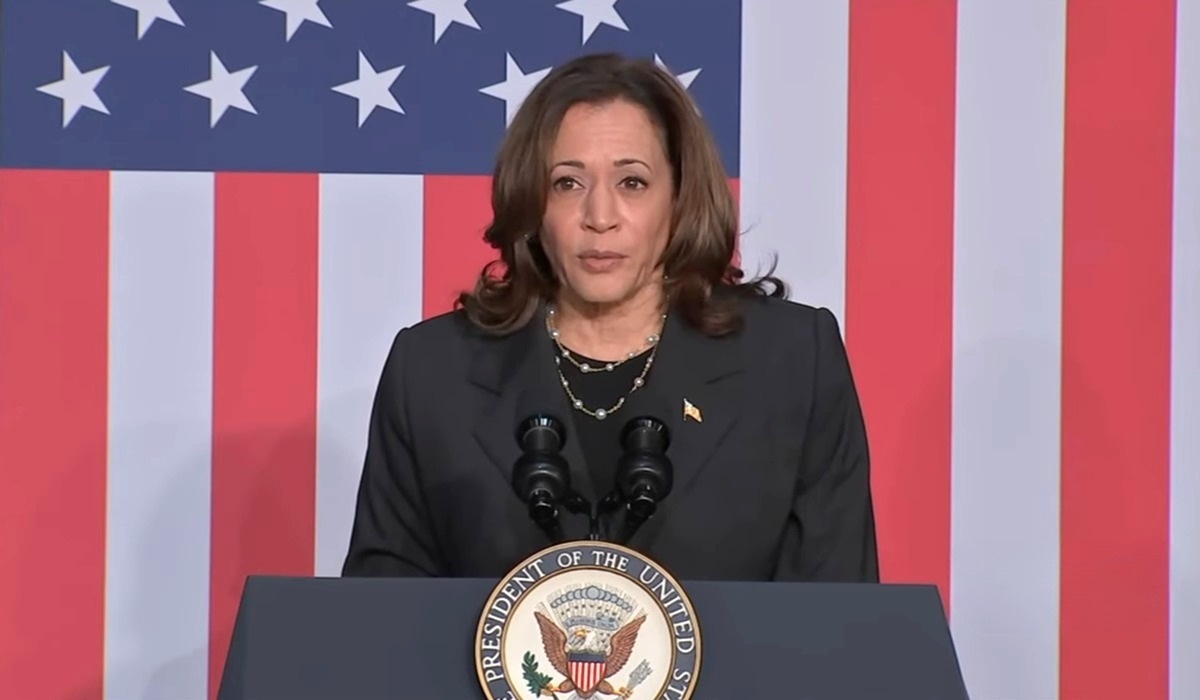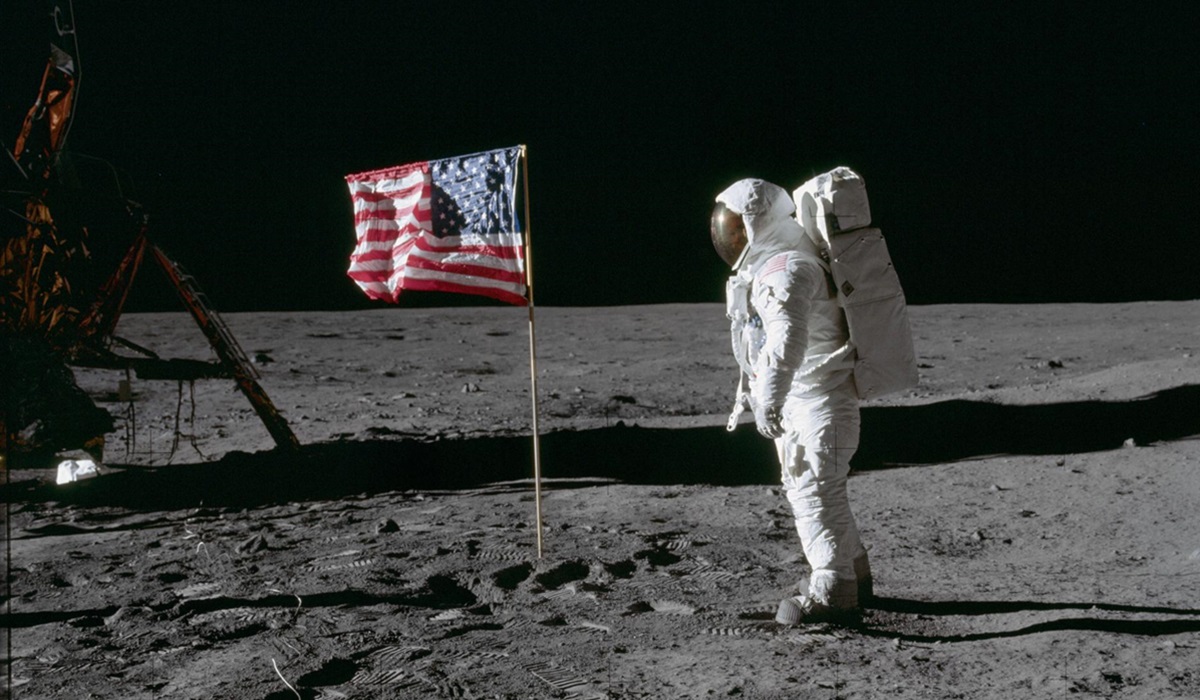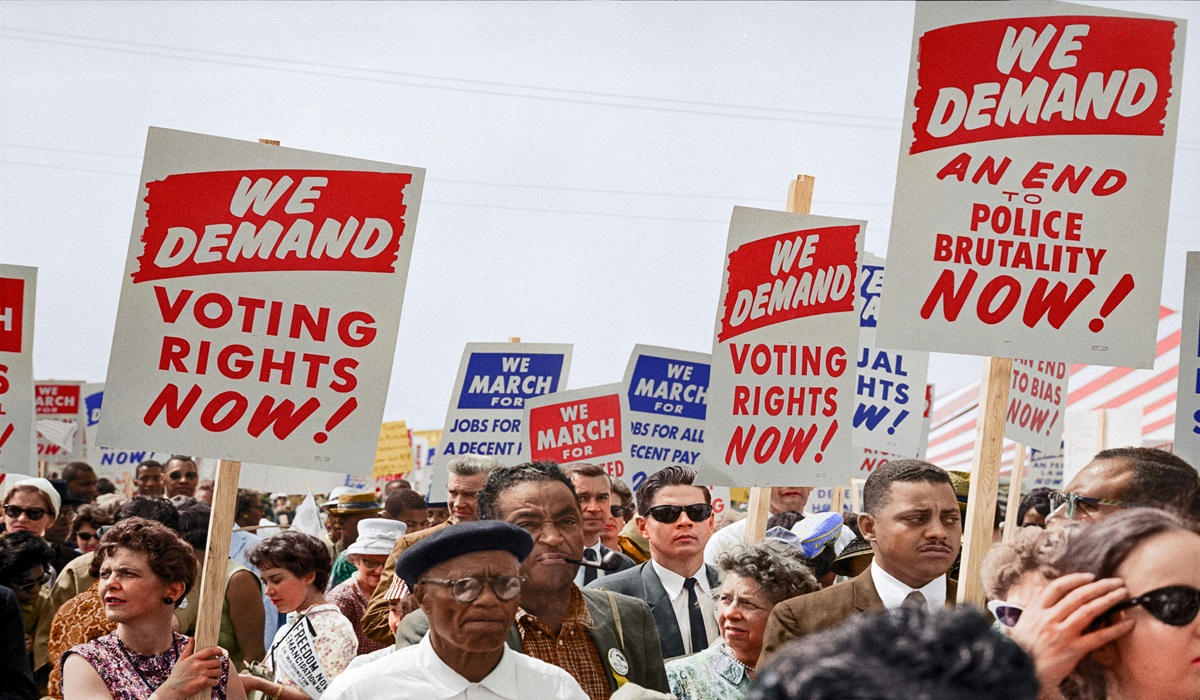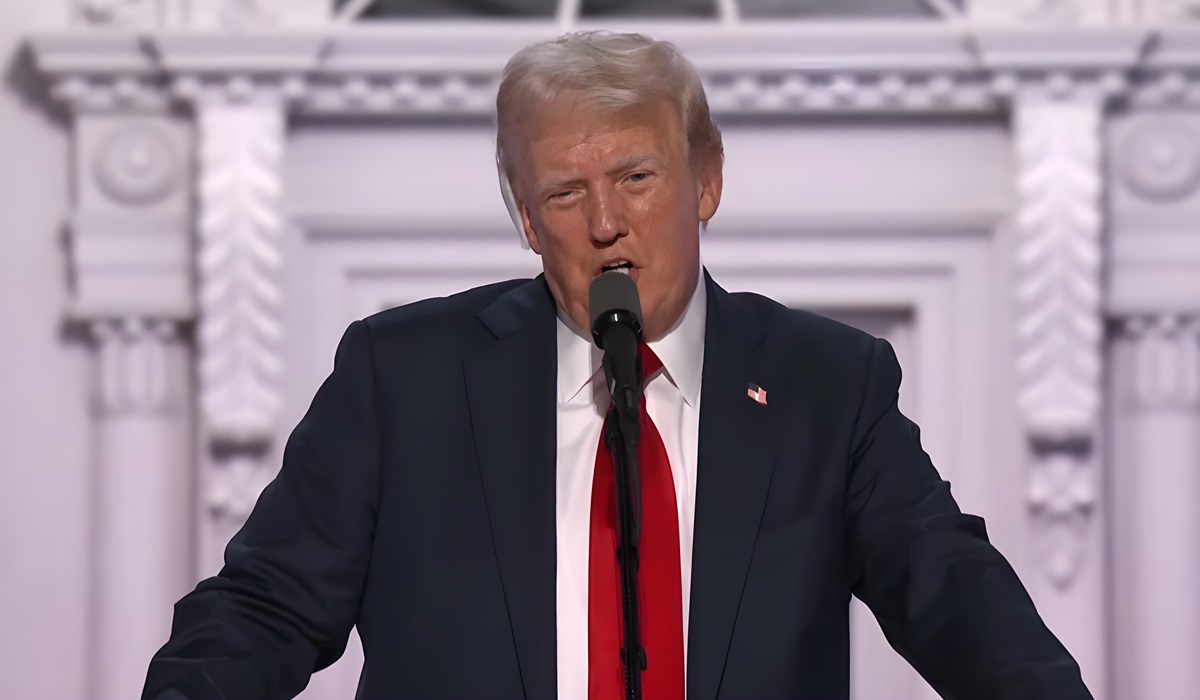The President of the United States is the Head of State and Government
An election for president of the United States happens every four years on the first Tuesday after the first Monday in November. The next presidential election will be November 3, 2020.
Primaries, Caucuses and Political Conventions
The election process begins with primary elections and caucuses. These are two methods that states use to select a potential presidential nominee ![]() . In general, primaries use secret ballots for voting. Caucuses are local gatherings of voters who vote at the end of the meeting for a particular candidate. Then it moves to nominating conventions, during which political parties each select a nominee to unite behind. During a political party convention, each presidential nominee also announces a vice presidential running mate. The candidates then campaign across the country to explain their views and plans to voters. They may also participate in debates with candidates from other parties.
. In general, primaries use secret ballots for voting. Caucuses are local gatherings of voters who vote at the end of the meeting for a particular candidate. Then it moves to nominating conventions, during which political parties each select a nominee to unite behind. During a political party convention, each presidential nominee also announces a vice presidential running mate. The candidates then campaign across the country to explain their views and plans to voters. They may also participate in debates with candidates from other parties.
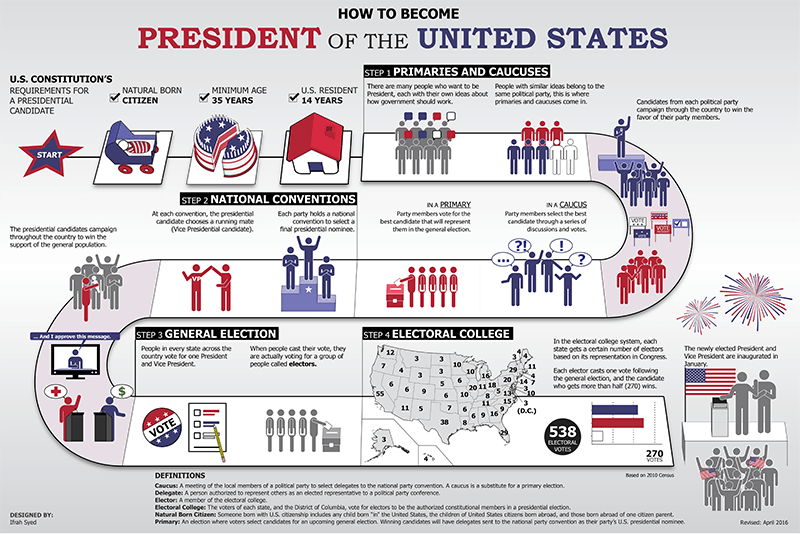
What is the role of the Electoral College?
During the general election, Americans go to their polling place to cast their vote for president. But the tally of those votes—the popular vote—does not determine the winner. Instead, presidential elections use the Electoral College. To win the election, a candidate must receive a majority of electoral votes. In the event no candidate receives a majority, the House of Representatives chooses the president and the Senate chooses the vice president.
What is a Typical Presidential Election Cycle?
The presidential election process follows a typical cycle:
- Spring of the year before an election – Candidates announce their intentions to run.
- Summer of the year before an election through spring of the election year – Primary and caucus
 debates take place.
debates take place. - January to June of election year – States and parties hold primaries
 and caucuses.
and caucuses. - July to early September – Parties hold nominating conventions to choose their candidates.
- September and October – Candidates participate in presidential debates.
- Early November – Election Day
- December – Electors
 cast their votes in the Electoral College.
cast their votes in the Electoral College. - Early January of the next calendar year – Congress counts the electoral votes.
- January 20 – Inauguration Day


